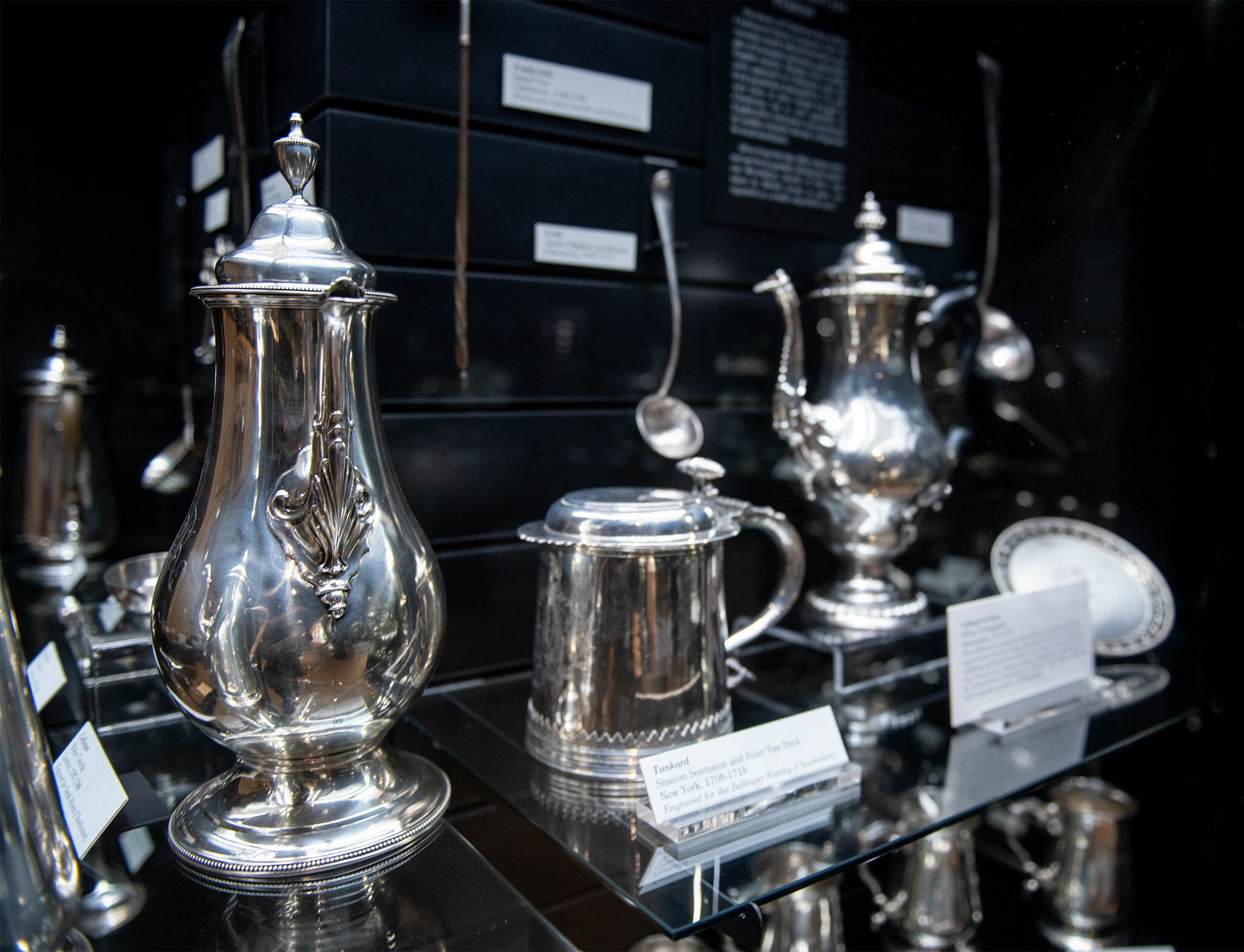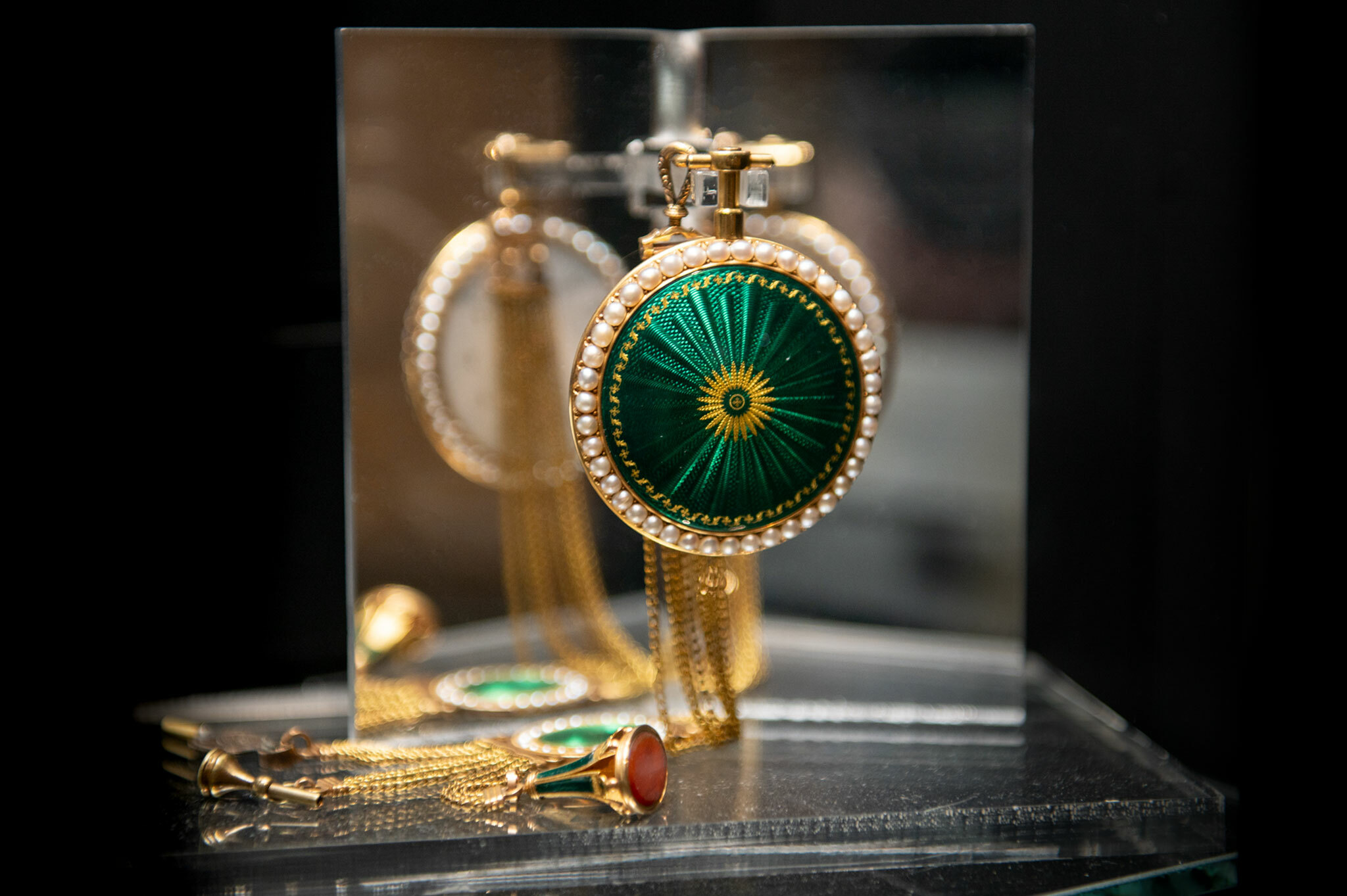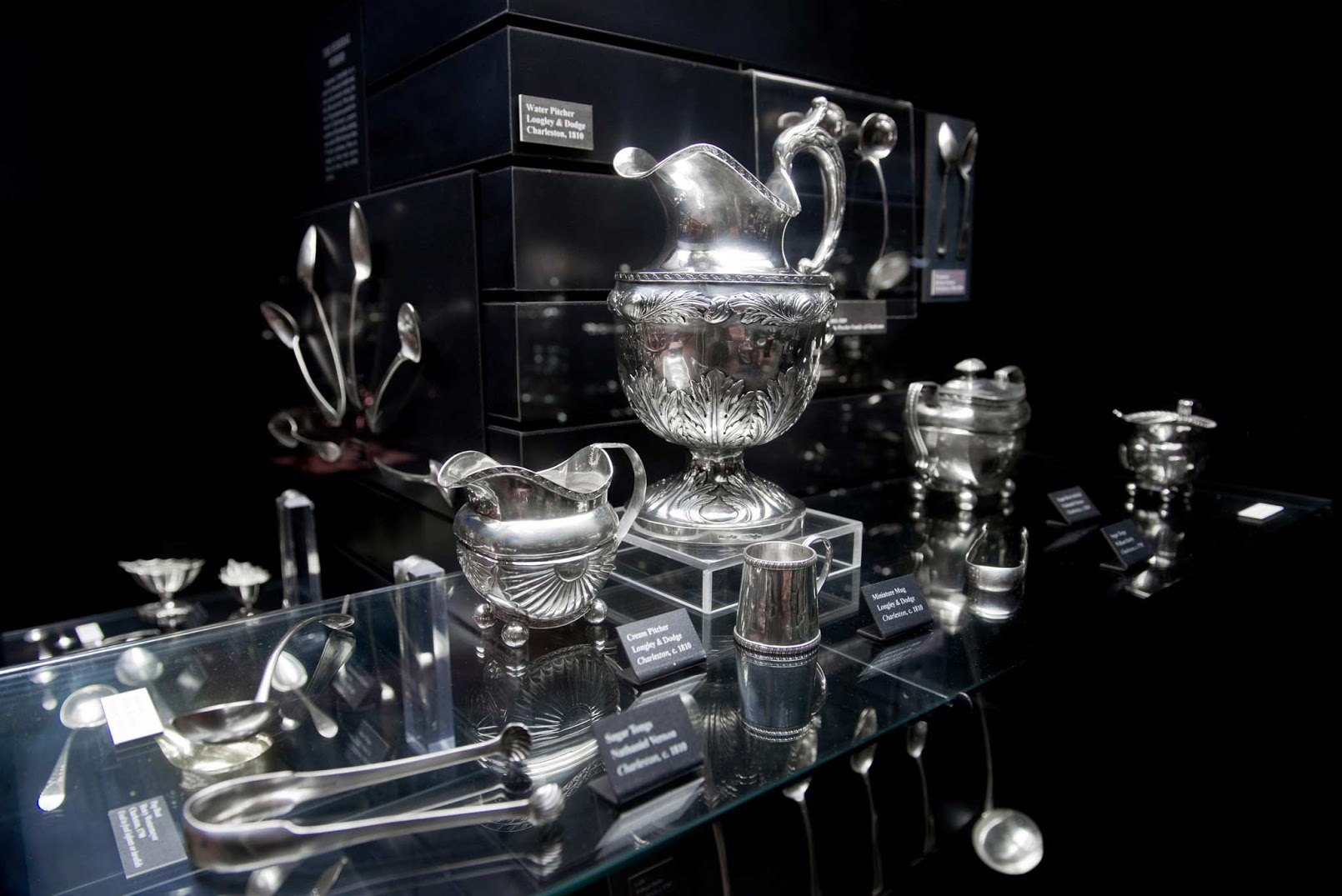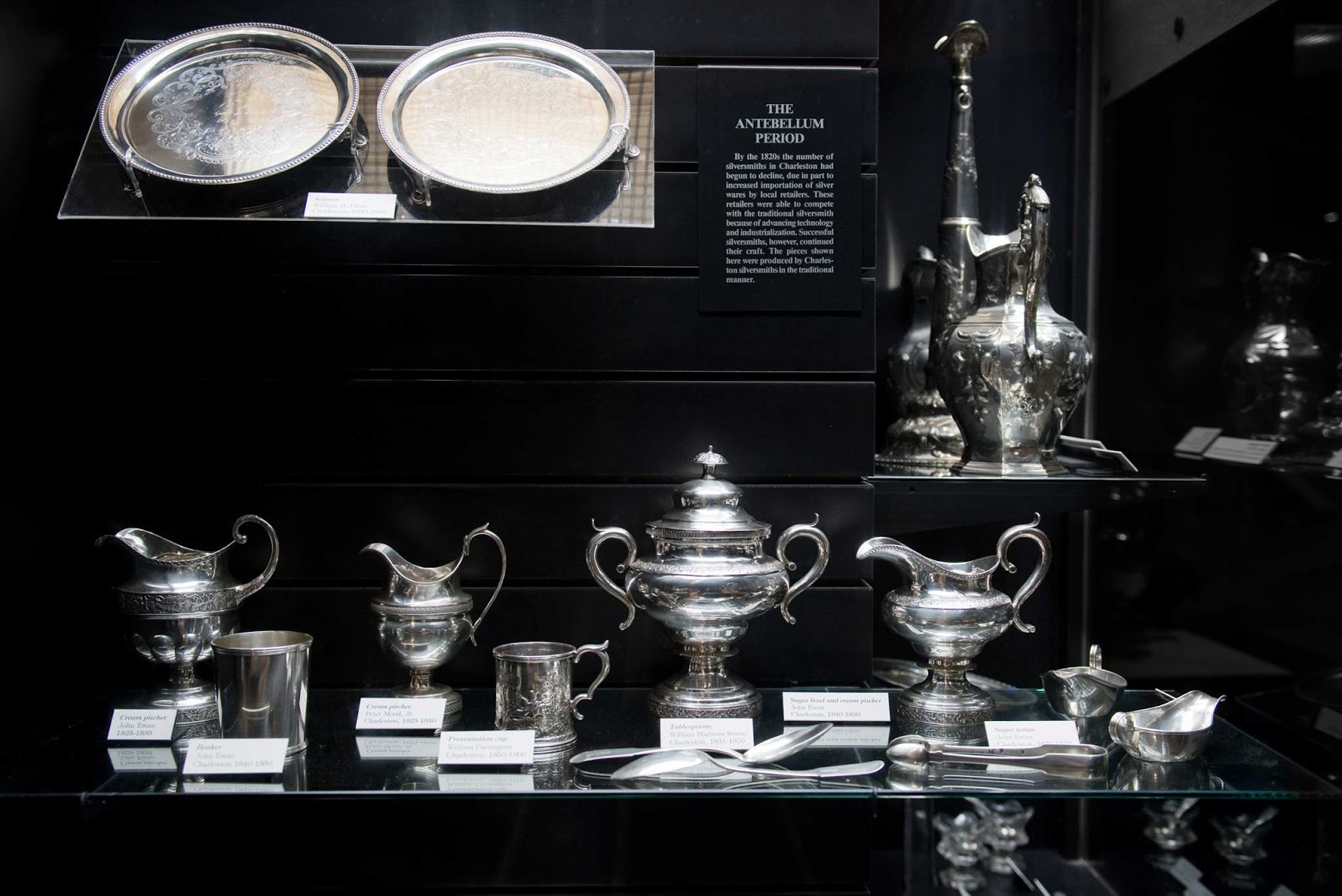Until the outbreak of the Civil War, Charleston was one of the wealthiest cities in America. As Charlestonians built grand houses and purchased lavish goods to furnish them, increasing numbers of artisans of various trades came to work and live in the city. Among them were a number of silversmiths who produced extraordinary works.





